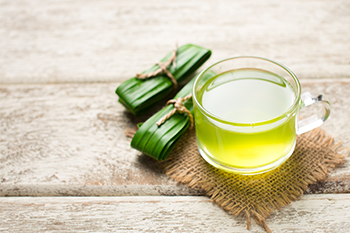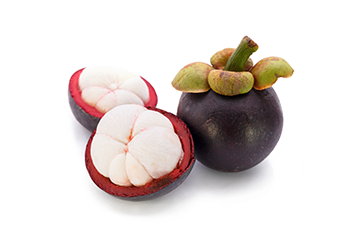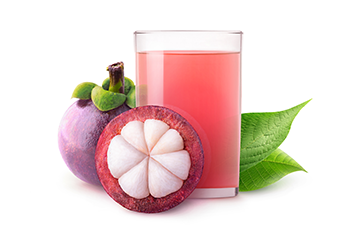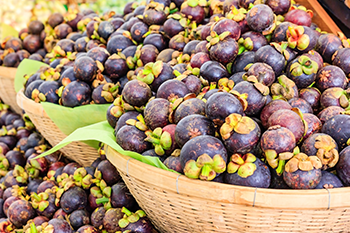Have you found that it’s gotten harder to lose weight as time has gone by?
More importantly, are you finding that the pounds are starting to creep up on you, even though you're eating healthy?
Weight gain and loss are tied to the food that we eat. But research has shown that there is something even more important at work.
Scientists have shown that as we get older and stop moving our bodies as much, it creates a change in our muscles that make us gain weight and lose energy.
Middle Age Mitochondria Matters
The change that takes place is in the amount of “metabolically active muscle” we have. This is a muscle that doesn’t have as much fat.
Instead, it has a lot of microscopic powerhouses called “mitochondria” that boost our metabolism.
 Mitochondria keep your muscles fit and lean. But if you spend more time sitting than moving, your body responds by getting rid of them and replacing them with fat.
Mitochondria keep your muscles fit and lean. But if you spend more time sitting than moving, your body responds by getting rid of them and replacing them with fat.
You lose energy and you gain weight. You’re also at a greater risk for diseases like diabetes.
The good news is that you don’t have to run marathons or lift weights every day to keep your mitochondria intact. And even if your muscles have lost these powerful elements, you can get them back with just a little bit of effort.
Not only will it help you to shake off those extra pounds, but it will also have you feeling better fast.
Researchers who measure the impact of movement on mitochondrial levels say that if you walk just three days a week for 45 minutes, your body will start growing new ones.
TweetThis is true even if you’ve never exercised before. Whew, what a relief, right?
One study asked men and women in their late 60s who’d never exercised to start using a treadmill or exercise bike 30 to 40 minutes a day for 4 to 6 days a week. Twelve weeks later the group had boosted their mitochondrial levels by 68%.
Compare that to a group of elderly people who did not exercise for a full year. The fat in their muscles increased by a dangerous 18%.
How to Boost Metabolically Active Muscle (at any age)
-

Walk at least 3 days a week for 35 to 45 minutes. 5 days would be even better. If you want to burn more calories, walk faster for a few 1-minute intervals.
- Lift weights 2 days a week for 20 minutes. Resistance training helps keep lean muscle mass and keeps you strong.
- Eat 15 to 27 ounces of protein every day (depending on gender and activity level). This helps build new muscle tissue and prevents muscle loss.
- Make sure you get plenty of Vitamin D. When you don’t have enough, your muscles can become weak. Most people are Vitamin D deficient and don't even know it.
There’s a lot to be said for letting go of some of your concerns about body image as we get older, but that doesn’t mean we should give up our strength and energy.
By taking these simple steps you can help prevent the weight from creeping on and boost your vigor and overall health.
Yours in health and happiness,
Danette
P.S. Please share this article with your friends who are frustrated by middle-aged weight gain and I invite you to comment below too! Have you adopted the mindset to celebrate your aging body?










 I can't emphasize this enough! Morning rituals are the BEST way to begin the day and set you up for success.
I can't emphasize this enough! Morning rituals are the BEST way to begin the day and set you up for success.





